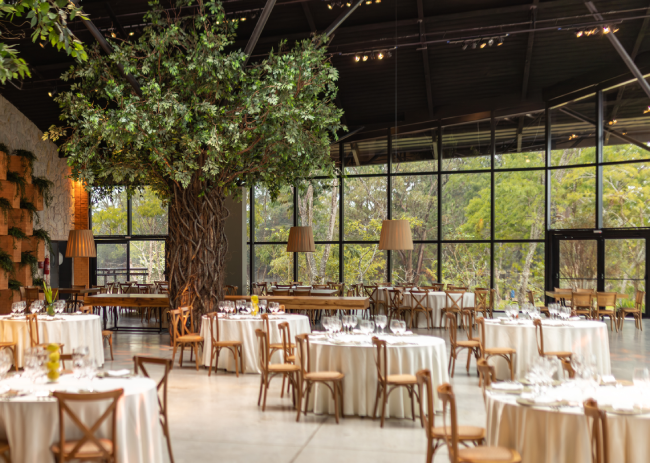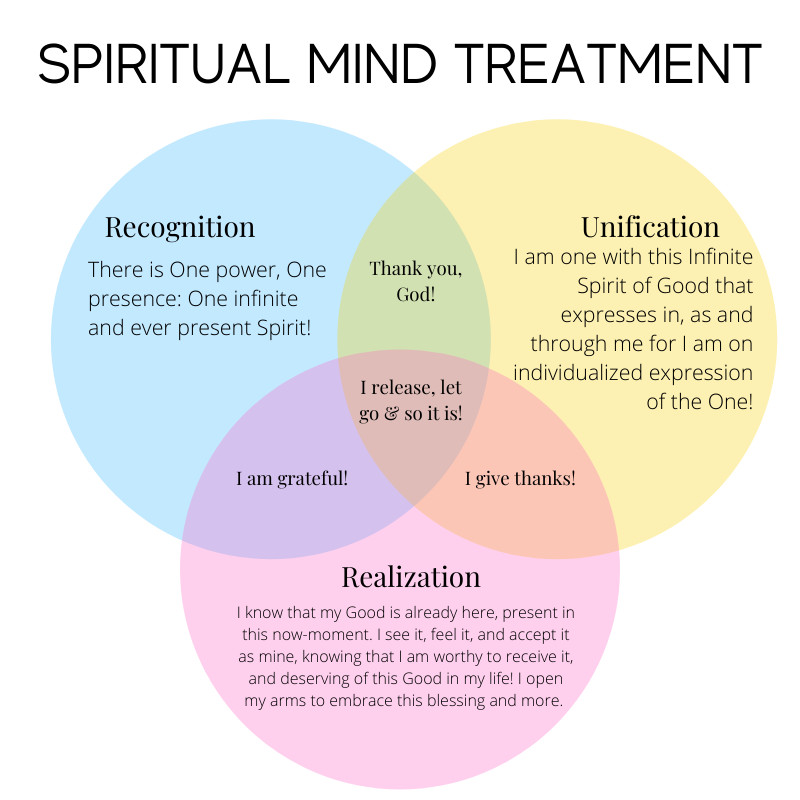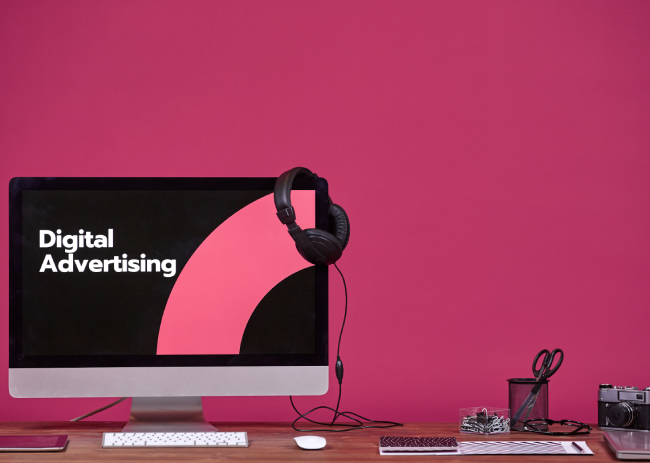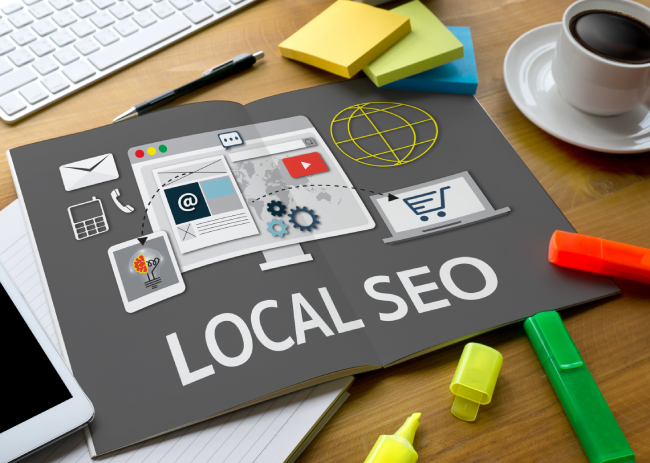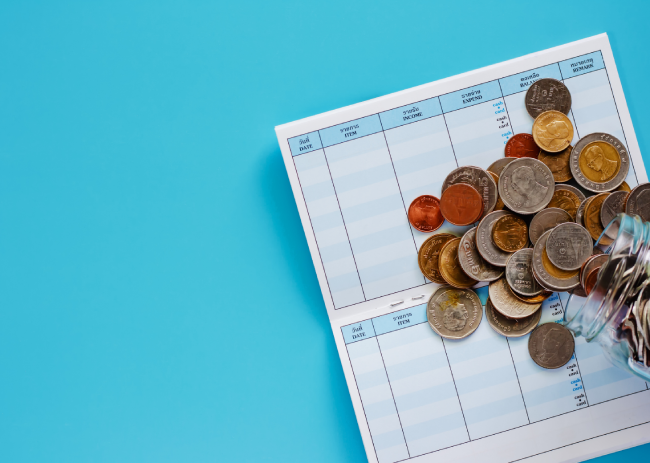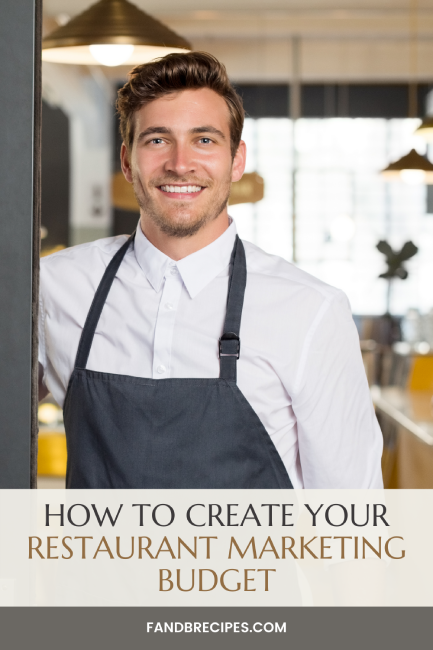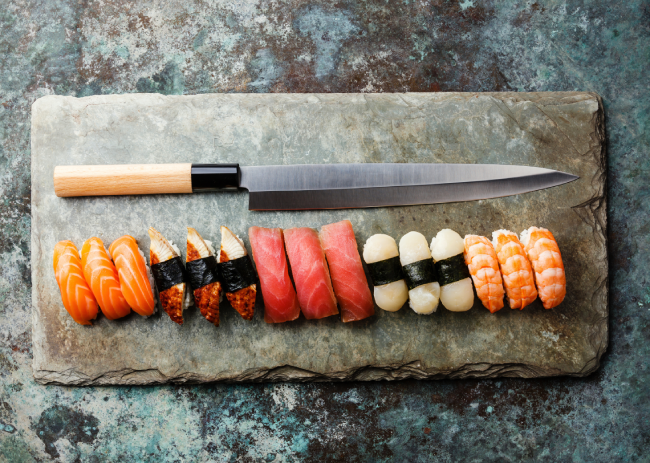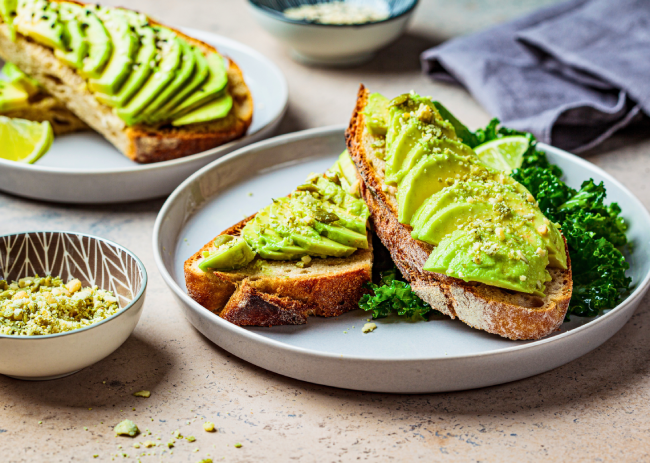How to Create Your Restaurant Marketing Budget
In the era of digital marketing, where customers check online reviews before visiting any restaurant, you can understand the importance of marketing your restaurant extensively to build a customer base. To make the most of your marketing strategies, you’ll require a Restaurant Marketing Budget.
As marketing plays a crucial role in creating brand awareness, restaurateurs use different channels to promote their brand and advertise it via digital platforms or offline to reach out to a large audience.
To increase customers and expand their customer base, restaurateurs have drifted towards different marketing platforms.
These include (but are not limited to) social media marketing, running ads, email marketing, and magazines to ensure that their restaurant remains on top to attract more customers.
According to a 2019 Restaurant Success Report, 67% of restaurants spend money on social media advertisements, 53% on charity, sponsorships, community and events, 42% on Google ads, and 32% on magazine or newspaper ads.
With increasing marketing comes an increase in expenses.
Big brands have bigger marketing budgets to run their marketing campaigns.
Small restaurant owners often get distressed as they have limited resources to compete against them.
Based on your priorities and goals, allocating a restaurant marketing budget can help you understand your primary customer persona, ensuring less splurge, as when you understand your customers and their preferences, it’ll eventually help you target your marketing channel to bring more customer engagement.
If you’re suffering from ineffective allocation of marketing budget, it’s time to save some time and effort by effectively organizing your restaurant marketing budget.
Let’s get started.
#1. Define Your Marketing Goals
Before going with proper budget allocation, it’s important to set your marketing goals.
If you don’t have a pre-defined marketing goal, your marketing strategy may go haywire, wasting a lot of money and effort with insignificant results.
By outlining your marketing goals and objectives, you can devise a good marketing strategy that will analyse your need for budget allocation and your priorities.
Marketing objectives and goals are quite subjective and depend on the nature of the restaurant and the duration you’ve been in business.
To make it easier, you can take a glance at these marketing objectives:
- Brand Awareness
- Increase customer satisfaction
- Expand customer base
- Build customer loyalty
- Increase the rate of online orders
- Enhance the number of repeat visits
Once you’ve curated your list of objectives or goals, you can reassess the list to prioritise your main objectives and then focus on them.
It will put your effort and time in the right direction, along with the efficient allocation of the budget.
It’s important to set smart goals to strategize your restaurant marketing budget.
#2. Marketing Channels
Although traditional marketing is still in existence, with the advent of time, people have drifted towards these digital marketing channels to increase visibility and to reach out to more customers.
1. Organic Social Media Marketing
Social media is the best platform to attract potential customers.
On average, people spend 1.4 hours daily browsing social media.
Hence, it has become a primary channel for creating brand awareness and attracting more customers.
Organic Social Media Marketing includes platforms such as Instagram, Facebook, YouTube, and Twitter, where you can post content free of charge and share it with each other.
It’s one of the efficient ways to build networks and customer engagement.
Initially, you can use this as a platform rather than paid social media.
91% of people in the Food and restaurant industry use Facebook as a medium to build brand awareness, and customer engagement, and bring more traffic.
78% of people use Instagram as a medium to share alluring images of their restaurant’s food, increase customer engagement and create brand awareness.
39% of people use Twitter which is the third platform to be used as an advertising channel to attract more customers. Apparently, food is one of the hyped topics on this platform.
14% of people use YouTube, yet it is one of the mediums to go with. The catch is, YouTube provides content that customers enjoy watching such as cooking shows.
2. Digital Advertising
Besides organic marketing, if you want to grow your business at a high rate, advertising is the best way to reach a wider audience in a short span of time.
Most social networks enable you to run local ads, hence it can be a perfect option to build your customer base and enhance customer conversions.
You can build your customer persona to know your target audiences, to make it easier and can focus on those channels.
Advertising costs solely depend on the platform and target audience.
Let’s dive into a few advertising channels:
a. Google Ads Platform
With Google ads, you can run ads on Google and other partner sites to promote your restaurant.
It works like PPC (Pay per click), where if a user clicks on your ad, you’ll be charged. It’s a great way to boost customers globally and can even remarket the ads.
b. Advertise on Facebook and Instagram
Here, you have a variety of ads, including carousels, story ads, and photo and video ads.
You can run different ads on these platforms based on demographics to target audiences.
c. YouTube Ads
YouTube is a perfect platform to reach out to more customers.
You get different ads to run such as discovery ads, in-stream ads, sponsored ads, bumper ads, and display ads.
3. Email Marketing
Email Marketing is yet another cost-efficient way to market your brand.
You can create customized campaigns for target audiences, where you can create campaigns for each customer, which adds more value and is a great way to increase conversions.
You can even personalize them based on the demographics, purchase history, interests and preferences.
4. SMS Marketing
It’s one of the cheapest ways to reach out to more customers. It has a conversion rate of about 45%.
To promote it extensively, you can send SMS with exclusive offers, weekly specials, and mobile coupons.
You can send SMS for reservations, streamline pickup orders, or can even ask them to share their experience to build more customer engagement.
5. Local Search Optimization and SEO Optimized Websites
Who doesn’t want to increase local search and visibility, especially if you own a restaurant?
To attract more local customers, you can reach out to local directories.
Provide them with precise information about your location, website, menus, phone number and website address.
#3. Choose Marketing Channel
Spending money extravagantly on too many platforms can hamper your marketing performance and can make all your effort go in vain.
Based on your objectives and goals, select a marketing channel and reach out to your target audience. Doing so will bring more customers.
Although some marketing channels are pretty expensive, they are worth the money as they bring more ROI some channels come with engagement, but their ROI can fluctuate.
You can consider some parameters, such as customer engagement, visibility, and conversions, to select the channel.
Do extensive research or you can even reach out to a digital agency to figure it out.
#4. Plan Your Marketing Budget
After figuring out the marketing channel you want to go with, it’s time to plan out your entire restaurant marketing budget.
To strategize your marketing budget, it depends on the time you’ve been in this restaurant business and its nature.
a. If you’ve got a brand-new restaurant
If you’re a novice in this field, then you’ll require more time to establish the identity of your brand.
Generally, a new-brand restaurant tends to spend 10-15 % of its sales on investing in marketing. Hence, your restaurant marketing budget has to be optimized accordingly.
b. If your restaurant is already established
If you’ve been in this field for quite some time and have already established a brand, you may not need a stringent marketing policy.
Instead, you’ll just need consistent marketing efforts to increase target audiences.
Generally, established restaurants ought to spend 3-6% of their sales on investing in marketing.
However, that solely depends on competition and profit margin, which can be reduced to 3% if you’re complacent and not putting in the effort.
#5. Marketing Mix
Reassess your marketing budget and the objectives before investing your hard-earned money into this, as spending money after strategizing will give a better return on investment.
Established restaurants already have tons of marketing strategies that have worked well.
But if your restaurant is new to this field, then you’d need an estimated 70% of your budget investment on these marketing channels to get a decent return on investment.
Make sure, you don’t repeat the strategies to avoid stagnation.
You can try different approaches for some time with consistent efforts to yield good results.
Assess your performance before moving to another approach.
Remember, your restaurant marketing budget must be in resonance with the sales.
Often, restaurateurs adopt stringent marketing policies which don’t pay them much.
Most restaurateurs invest a major portion of their budget into marketing to attract more customers, which can turn out to be expensive.
A good hack is to plan the budget in an ideal way to focus on other things as well, such as building loyalty, increasing the number of visit frequencies
The Takeaway
Marketing is an efficient way to increase sales, and an efficient restaurant marketing budget allocation adds the cherry on the top of the cake.
You don’t have to stick to one marketing strategy.
Keep experimenting and assessing your performance constantly to sustain and grow your restaurant business.
Shristi is an avid reader, recipe developer and wellness enthusiast. She’s probably making a mess in her kitchen right now.

